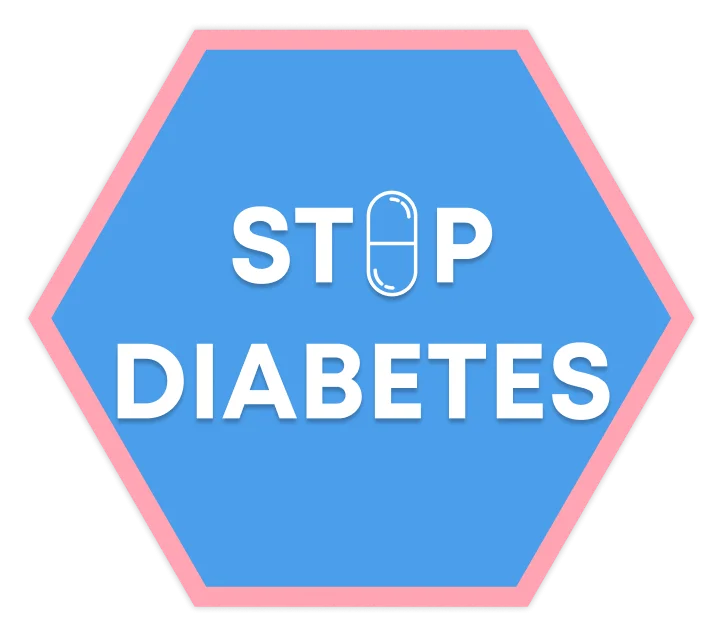Clinical practice guidelines for family physicians caring for patients with type 2 diabetes mellitus were released in 2018 by Diabetes Canada.
Patients without clinical cardiovascular disease (CVD) who fail to achieve glycemic targets with existing antihyperglycemic drug therapy and in whom reduced risk of hypoglycemia and weight gain are priorities should be considered for add-on treatment with incretin agents (dipeptidyl peptidase IV [DPP-4] inhibitors or glucagonlike peptide–1 [GLP-1] agonists) or selective sodium-glucose transporter–2 (SGLT-2) inhibitors, as alternatives to insulin secretagogues, insulin, and thiazolidinediones (TZDs).
Patients without clinical cardiovascular disease (CVD) who fail to achieve glycemic targets with existing antihyperglycemic drug therapy should additionally receive an antihyperglycemic agent with demonstrated cardiovascular (CV) outcome benefit (such as empagliflozin or liraglutide) to decrease the likelihood of major CV events.
In patients who fail to achieve glycemic targets with existing noninsulin antihyperglycemic drug therapy, consider adding a once-daily basal insulin regimen as an alternative to premixed insulin or bolus-only regimens, as a means of reducing weight gain and hypoglycemia.

To decrease the likelihood of nocturnal and symptomatic hypoglycemia, long-acting insulin analogues should be considered as an alternative to neutral protamine Hagedorn (NPH) insulin.
Patients receiving insulin who fail to achieve glycemic targets should undergo dose adjustment or the administration of additional antihyperglycemic medication (noninsulin or bolus insulin), with the following kept in mind:
- To achieve better glycemic control with weight loss and a lower hypoglycemia risk than with single- or multiple-bolus insulin injections, consider administering a GLP-1 agonist as add-on treatment prior to initiating bolus insulin or intensifying insulin therapy
- Consider add-on therapy with an SGLT-2 inhibitor as a means of improving glycemic control with weight loss and reducing the likelihood of hypoglycemia, compared with the administration of additional insulin
- Consider add-on therapy with a DPP-4 inhibitor as a means of improving glycemic control without weight gain or greater likelihood of hypoglycemia, compared with the administration of additional insulin
All persons with diabetes should engage in a comprehensive, multifaceted approach to CV risk reduction, including the following:
- Hemoglobin A1c (HbA1c) target of ≤7.0% instigated early in the course of diabetes
- Systolic and diastolic blood pressure (BP) of <130 mm Hg and <80 mm Hg, respectively
- Additional vascular protective medications in most adults with diabetes
- Reaching and maintaining a healthy weight
- Engaging in healthy nutrition
- Regular physical activity
- Smoking cessation
To lower the CV risk in adults with type 1 or type 2 diabetes, angiotensin-converting enzyme (ACE) inhibitors or angiotensin receptor blockers (ARBs) should be employed at vascular-protective doses when any of the following exist (note: among women with childbearing potential, ACE inhibitors, ARBs, or statins should be used only in the presence of reliable contraception):
- Clinical CVD
- Age >55 y with an additional CV risk factor or end organ damage (albuminuria, retinopathy, left ventricular hypertrophy)
- Microvascular complications
To prevent CV events in patients with established CVD, employ low-dose acetylsalicylic acid (ASA) therapy (81-162 mg).
The failure of existing antihyperglycemic drug therapy to achieve glycemic targets In adults with type 2 diabetes with clinical CVD should prompt the addition of an antihyperglycemic agent with demonstrated CV outcome benefit (such as empagliflozin or liraglutide) to lower the risk of major CV events.
The failure of existing antihyperglycemic drug therapy to achieve glycemic targets in older people with type 2 diabetes who have no other complex comorbidities (but who do have clinical CVD) can prompt the addition of an antihyperglycemic agent with demonstrated CV outcome benefit (such as empagliflozin or liraglutide) to lower the risk of major CV events.
Interprofessional teams should provide collaborative care for individuals with diabetes and depression to improve the following:
- Depressive symptoms
- Adherence to the use of antidepressant and noninsulin antihyperglycemic medications
- Glycemic control
Psychosocial interventions, including the following, should be woven into diabetes care plans:
- Motivational interventions
- Stress management strategies
- Coping skills training
- Family therapy
- Case management
To achieve better glycemic control and lower the risk of CVD and overall mortality, patients with diabetes should, over the course of at least 3 days per week, engage in a minimum of 150 minutes of moderate- to vigorous-intensity aerobic exercise, with no more than 2 consecutive nonexercise days. Glycemic control can also be aided, though to a lesser extent, by 90-140 minutes per week of exercise or planned physical activity.
In patients with type 2 diabetes who are able to perform interval training, this form of physical activity (in which short periods of vigorous exercise are alternated with short recovery periods employing low to moderate intensity or rest) can be recommended to aid cardiorespiratory fitness.
Resistance exercise should be performed by patients with diabetes, including elderly ones, two or (preferably) three times per week.
As a means of increasing physical activity and improving HbA1c levels, a patient with diabetes and his/her health-care provider should collaborate on setting exercise goals, resolving potential barriers to exercise, and determining where and when the patient should exercise, with self-monitoring performed.
Timely education aimed at improving self-care practices and behavior should be offered to patients with diabetes.
Self-management aimed at improving glycemic control can be technologically supported, including with Internet-based computer programs and glucose-monitoring systems, brief text messages, and mobile applications.